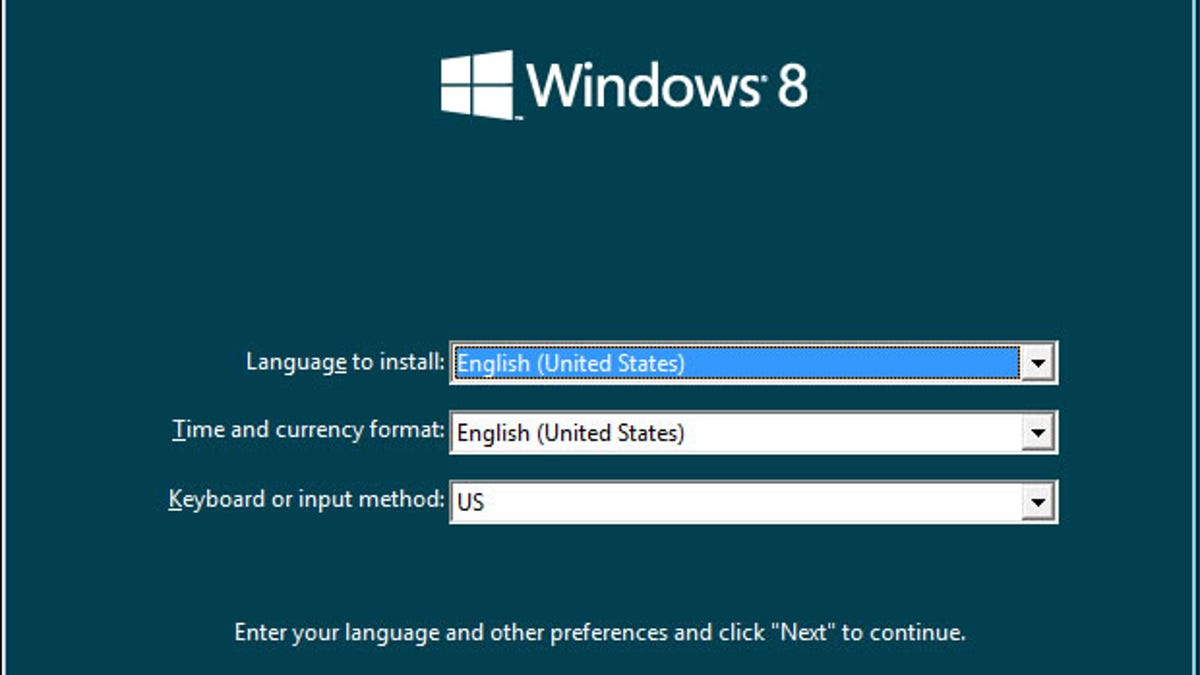Windows 8 moves to BIOS-based product keys
Product keys for Windows 8 computers aren't printed on a sticker. They're encrypted in the BIOS. How might that affect you?

Windows 8 PCs now embed their product keys in the BIOS, a move that offers both pros and cons.
In the past, a new Windows PC would display its product key on a sticker, usually on the side of a desktop and on the base or the bottom of the battery compartment on a laptop. But with Windows 8, Microsoft has switched gears and now stores and encrypts the key in the BIOS instead.
A response to a question on Microsoft's Answers Web site confirmed the details earlier this month:
One of the improvements Microsoft is making to Activation 3.0 for newly built machines that come preloaded with Windows 8, you won't have a COA (Certificate of Authenticity) sticker attached to the machine anymore. Instead, this will be embedded in the BIOS. This will avoid product keys from being compromised and OEMs will buy what they need.
So if you need to reset or reinstall Windows 8, you don't need to hunt for the product key. It's automatically applied and activated. That's certainly a plus, especially when the numbers on those product key stickers wear out or are just too small to easily read.
Microsoft certainly benefits from this new activation process since a Windows 8 product key embedded on one PC seemingly can't be used on another.
But therein lies the problem for the user.
Let's say you own a new PC running the standard version of Windows 8. And you own a standalone (aka a System Builder) edition of Windows 8 Pro with its own product key. You then install Windows 8 Pro on your PC. Will Windows insist on using the embedded product key, or is there a workaround so you can manually enter the key that came with your Windows 8 Pro System Builder software.
Or, let's say your current Windows 8 PC dies and you need to replace the motherboard or install the OS on a totally different working computer. How can you do that if the product key is locked to the dead PC's original BIOS?
A couple of people posed those same questions on the Microsoft Answers page but have yet to receive answers.
Further, the product key itself is embedded and encrypted in the BIOS. So even if you boot into the BIOS, you won't find the key as an entry that you can simply write down. As the Microsoft rep on the Answers page noted, you can view the full Windows product key using a third-party utility, such as Belarc Advisor, Magical Jelly Bean Keyfinder, or ProduKey. But that key is still tied to its original machine.
I tried the process myself, grabbing the product key from a Windows 8 PC using Magical Jelly Bean Keyfinder and applying it to a different computer. And Windows would not accept it.
Microsoft lays out your options
So what can users do? In an e-mail to CNET, a Microsoft spokesperson outlined some options for people who find themselves in one of the scenarios described above.
Microsoft does offer an upgrade option to Windows 8 Pro for Windows 7, Vista, and XP users. That upgrade sells for $39.99. It's available for for $14.99 until the end of January, but only for recent Windows 7 PC buyers. ZDNet's Ed Bott found that the Windows 8 Pro upgrade key for a PC running an earlier version of Windows will also upgrade a PC running the standard version of Windows 8.
So you can use your Windows 7, Vista, or XP computer to buy the Windows 8 Pro upgrade key and apply that to your standard Windows 8 PC, an option that would cover the first scenario.
It's also important to note that Microsoft does not currently offer a full retail edition of Windows 8 in the same way that prior versions of Windows were available as full retail packages. The only standalone (non-upgrade) edition of Windows 8 available is the System Builder edition. This edition is designed more for original equipment manufacturers and hobbyists building their own PCs from scratch. So it's not a product the average user would likely purchase in the first place.
What about the second scenario? Your Windows 8 PC dies, and you need to reinstall Windows or transfer the license to another PC. The Microsoft rep explained the process as follows:
The OEM license is actually non-transferable to another PC. When you buy a PC preinstalled with Windows, that version of Windows is only licensed for that PC and cannot be transferred to a new PC. The transfer of the license must accompany the PC it was licensed for. If the customer were able to get that machine fixed, they would simply need to call customer support to re-activate if there were changes big enough to merit PC reset or system recovery unusable.
So that option would cover a motherboard replacement. But what if the dead PC couldn't be revived and you wanted to install Windows 8 on another PC? You'd be out of luck.
The version of Windows 8 that comes pre-installed on an OEM machine is not transferrable between PCs, according to the Microsoft rep. "So if your PC was really put out to pasture, under the terms of the license agreement, you could not use backup discs to reinstall that license on another PC," she explained.(Via Ghacks.net)
Updated November 27, 10:30 a.m. PT with information from Microsoft.

